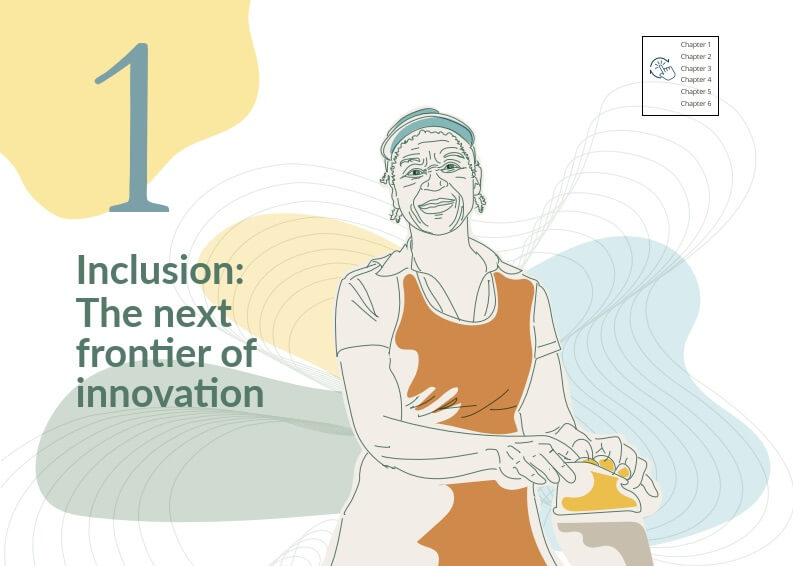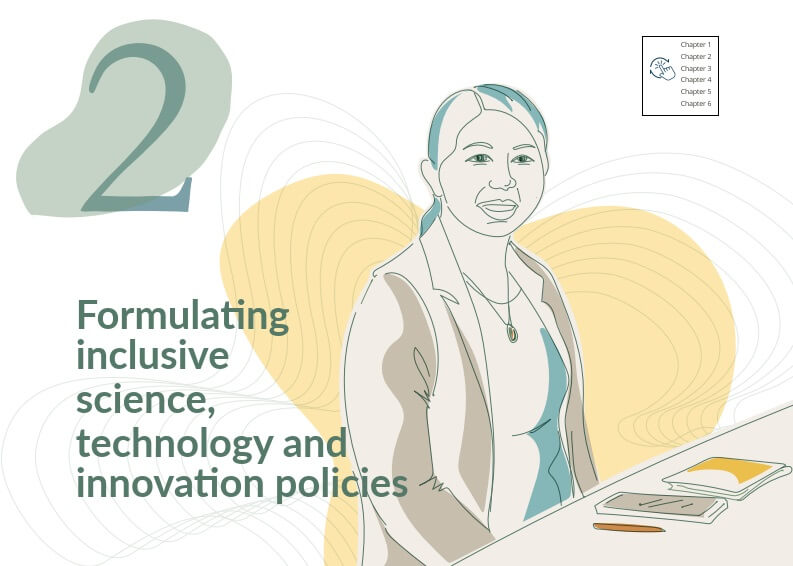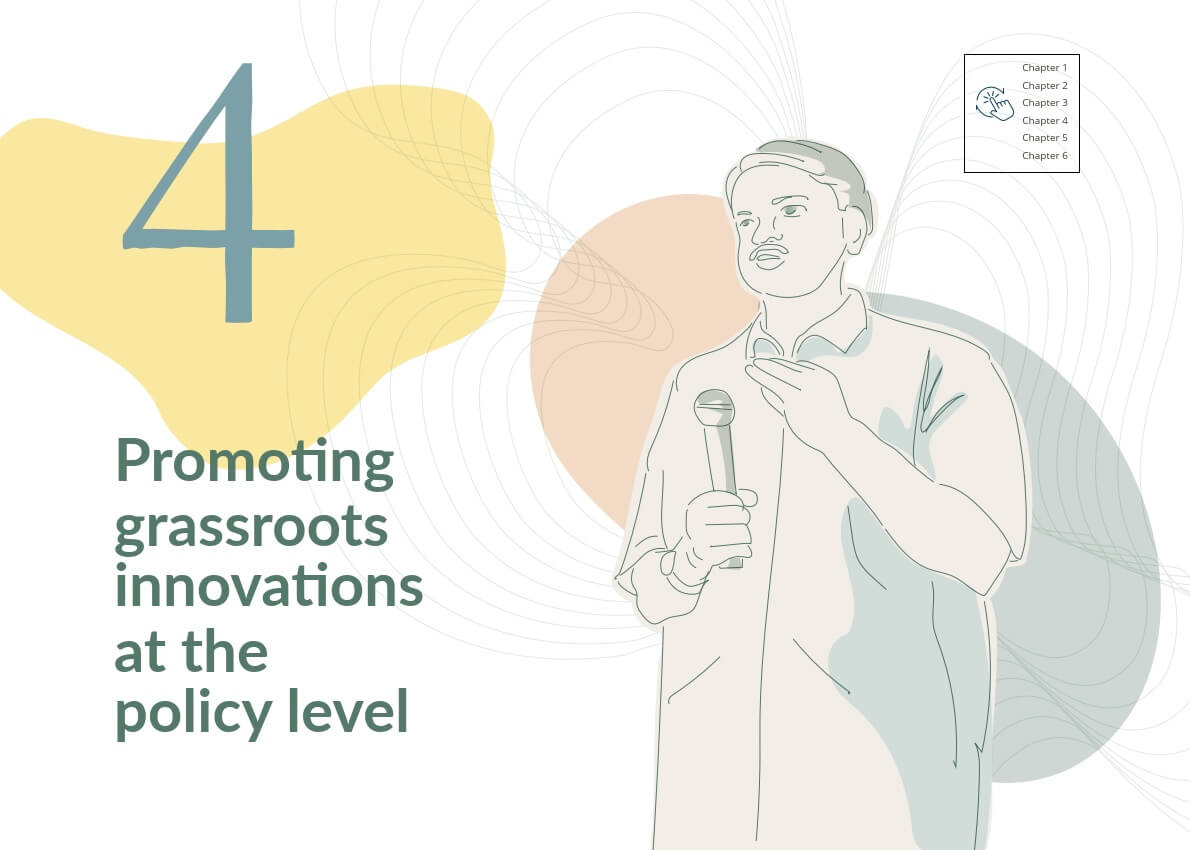Science, technology and innovation (STI) can increase the efficiency, effectiveness and impact of efforts to meet the ambitions of the 2030 Agenda for Sustainable Development. The successful adoption of existing innovations has enabled many economies to sustain economic growth. Innovation can expand access to education and health-care services. Technologies, such as those supporting renewable energy, are also providing options for more environmentally sustainable development paths.
Nevertheless, STI have exacerbated inequalities and created new types of social divides and environmental hazards, establishing new and harder to cross frontiers between those that benefit and those that are excluded.
In the context of increasing inequalities and a major pandemic, Governments need to look more seriously at harnessing STI for the Sustainable Development Goals and to leave no one behind. This may require shifting the focus from chasing frontier technologies to expanding the frontiers of innovation. Many promising technologies have already arrived. Economic growth does not have to be the only bottom line of innovation activities. Innovative business models are offering pathways that benefit society and the environment as well as the bottom line.
To maximize STI for inclusive and sustainable development, Governments need to intentionally expand the frontiers of innovation. STI policies must seek not just to explore emerging technologies, but, most importantly, to ensure that more citizens, enterprises and countries can benefit from such technologies and innovations


They are designed with broader objectives than just economic growth, with social development and sustainable economies in mind; and they are inclusive in terms of aspiring to enable everyone to benefit from – and participate in – innovative activities.
Governments can add an inclusive lens to STI policies by considering the following questions:
This report explores how these four dimensions of inclusivity are addressed in several innovation policies: national STI policies; digital economy strategies; initiatives supporting grassroots innovations; and policies promoting inclusive business. The analysis provided in this report is based on the experience of the United Nations Economic and Social Commission for Asia and the Pacific (ESCAP) and on the insights of stakeholders engaged in this work.


Chapter two discusses the opportunities and challenges to formulate inclusive national STI policies. It examines how the process to co-create the national STI policy of Myanmar in 2020 supported more inclusive outcomes by deliberately using an inclusive lens both in the design of the process and in the content of the policy. The policy formulation process was designed with inclusivity in mind. It combined training sessions with co-creation sessions and engaged a group of 16 policy champions to bring in a diversity of views, generate greater understanding and encourage collaboration among key stakeholders. In terms of content, the analysis and the discussions conducted to inform the policy formulation process focused on inclusion. This chapter also highlights the challenges of prioritizing limited resources and broadening participation in the policymaking process.








The initiatives presented in this report provide insights on what is needed to promote more inclusive innovation. In particular it highlights the following:
Development organizations, academia and civil society organizations can also contribute to expand the frontiers of inclusive innovation. The report makes five concrete suggestions: